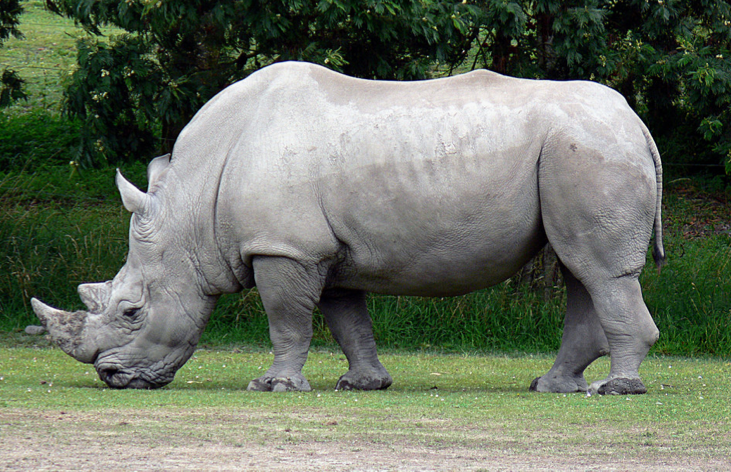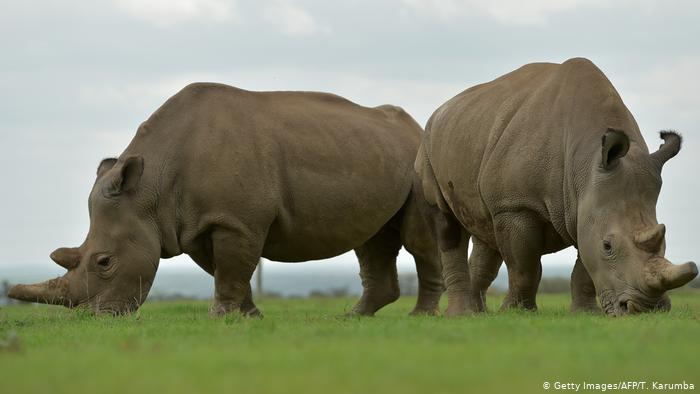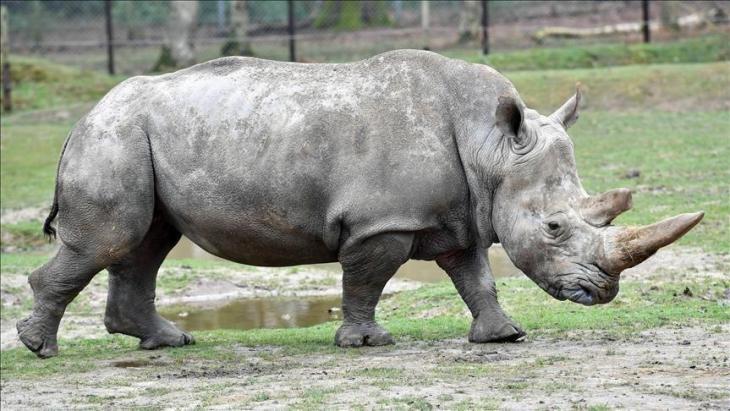The difference between a northern and a southern white rhino
How can you determine the difference between a northern and a southern white rhino? These distinct rhino species are clearly separated on all quantifiable components, including tooth measures, skull lengths, widths and depths, and limb bone lengths, in addition to occurring in different locations of Africa. So, what's the distinction between the two?
So how are they different?
Northern - Straight back – flat head – no grooves between ribs – hairier ears and tails – shorter front horn – smaller 1400-1600 kg (adult male)

Southern - Concave back and pronounced shoulder hump – concave skull – occasionally with pronounced vertical grooves between ribs – thicker body hair – longer front horn – larger 2000-2400 kg (adult male)

The term "white" comes from the German word "weid," which means "broad." The broad mouth indicates that it is a grazer, whereas black rhinos are browsers with a prehensile lip.
The last of the white rhino?
Northern white rhinos used to be found in Uganda, Chad, Sudan, the Central African Republic, and the Democratic Republic of Congo. Northern white rhino populations have been decimated by years of rampant poaching and civil violence in their native region, and they are now believed extinct in the wild.
The world mourned the loss of the last male northern white rhino on March 19, 2018.
Sudan, a 45-year-old gentle giant, was put to sleep when his health deteriorated due to a severe leg infection. Sudan spent his final moments at his home in Kenya's Ol Pejeta Conservancy, surrounded by his closest and dearest minders and carers.
Sudan's death has left the world with only two northern white rhinoceros, both females. His granddaughter Fatu and daughter Najin, who also live on Ol Pejeta, are the two ladies. This implies that Sudan's natural reproduction was never realized, and efforts are now being conducted to replicate northern white rhinos utilizing advanced cellular technologies and genetic material taken from Sudan after his death. Earlier this year, the Ol Pejeta Conservancy issued the following statement: A European partnership of scientific organizations has successfully generated the world's first hybrid rhino embryo!




